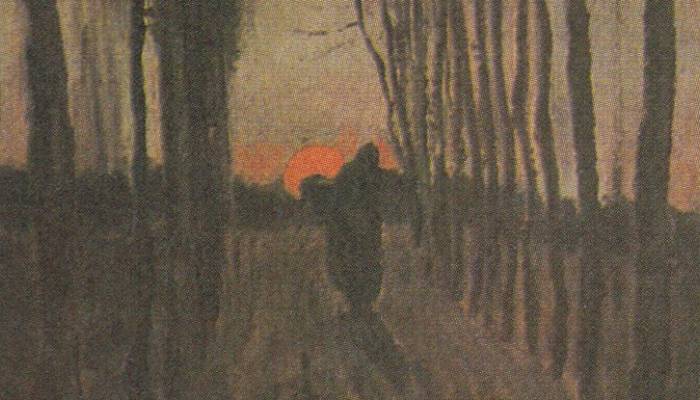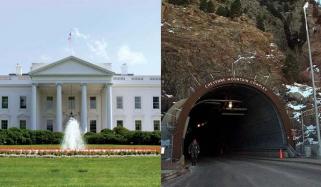
Vincent Van Gogh's famous and iconic oil canvas painting, The Starry Night remains the center of attention even after centuries.
Recently, after solving the mystery of Van Gogh’s The Starry Night painting, scientists have now turned their attention from this painting to Van Gogh’s another famous painting, Lane of Poplars at Sunset.
In a study published in Sky & Telescope Magazine, a team of researchers, led by Donald Olson who is an astronomer and physics professor emeritus at Texas State University, used astronomy to identify the exact location depicted in Van Gogh’s Lane of Poplars at Sunset.
Earlier, Olson also used the same astronomical method to analyze and date other paintings, including Moonrise, Road with Cypress and Star, and White House at Night.
Now he turned his sights on Lane of Poplars at Sunset after being inspired by the famous “Manhattanhenge” phenomenon in New York City.

He analyzes that the setting sun in the painting closely resembles how the sun appears between New York City’s skyscrapers during Manhattanhenge.
As this alignment occurs only at specific times, on particular days and from specific angles, Olson believed that he could identify the exact location.
Olson said in a statement, “If we could identify the lane on 19th-century maps then we’d be able to establish the compass direction of the road appearing in the artworks. Next, we could use astronomical calculations to determine the date when the disk of the setting Sun aligned as van Gogh portrayed it.”
However, before turning to map, the team needed to narrow down their options. They first examined van Gogh’s letters to his brother, which described locations and weather conditions.
After a long investigation, the team concluded that the painting depicted the Weverstraat road, which runs through the center of the town of Nuenen, as it was the only road that matched the sunset in the painting.
However, after conducting several astronomical calculations, they concluded that Lane of Poplars at Sunset could only have been painted on either November 13 or November 14, 1884.















